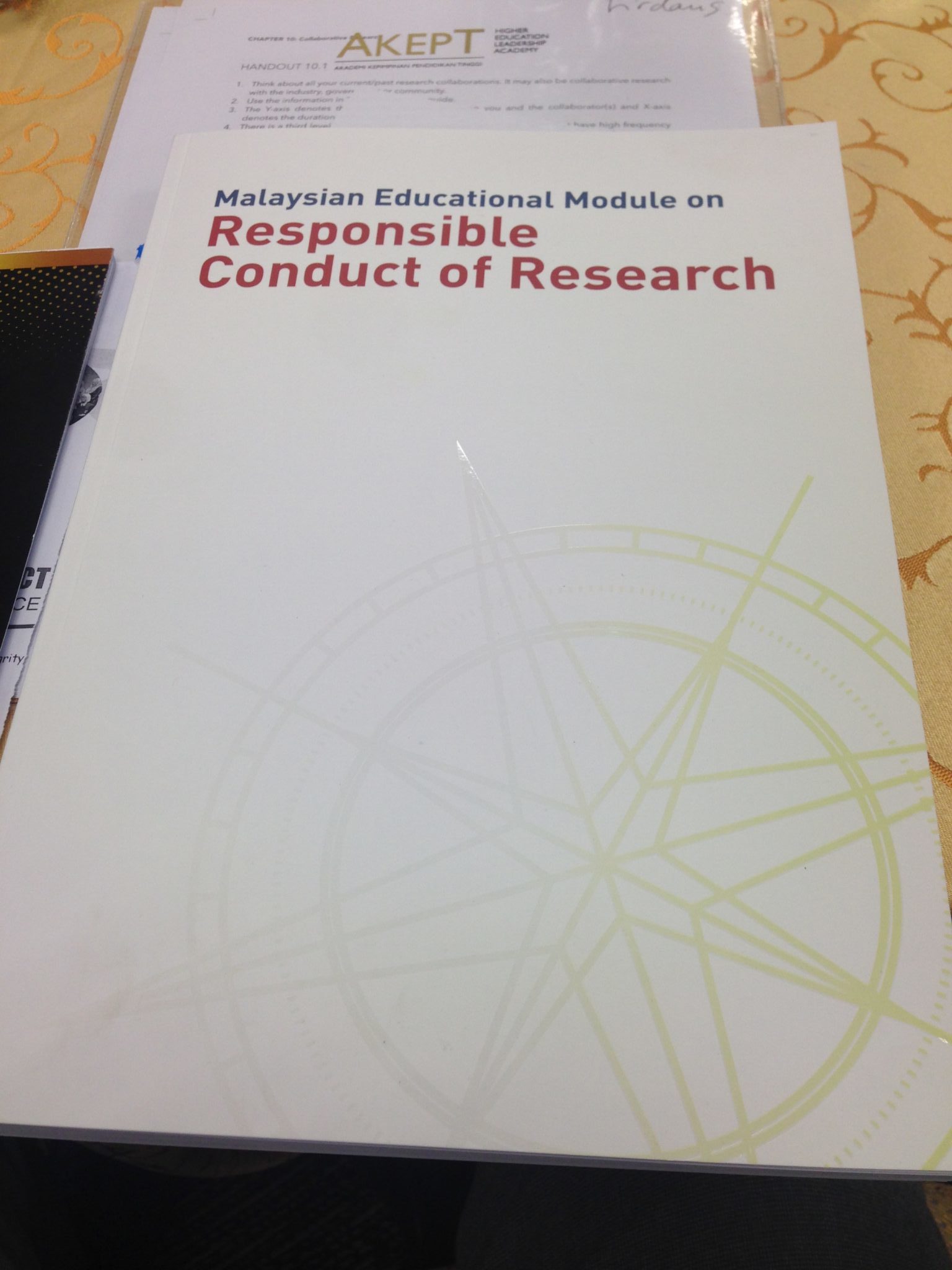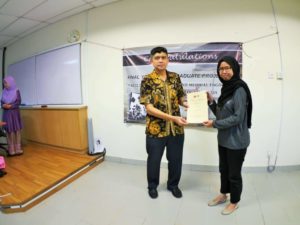The Young Scientists Network-Academy of Sciences Malaysia (YSN-ASM) has launched the Malaysian Education Module on Responsible Conduct of Research, in February 2018, in conjunction with the Regional Conference on Safe and Secure Science at Sunway University Kuala Lumpur.
This educational module complements the Malaysian Code of Responsible Conduct in Research. The first version has 10 chapters, targeting various aspects of research, from ethics, safety, financial and data management, and publications. It is an extremely useful module for teaching RCR in Malaysian public universities, with all activities suggested are based on the 21st century learning experience.
The module can be read freely online here, or can be purchased from the Academy of Sciences Malaysia by e-mailing syafiq@akademisains.gov.my.






